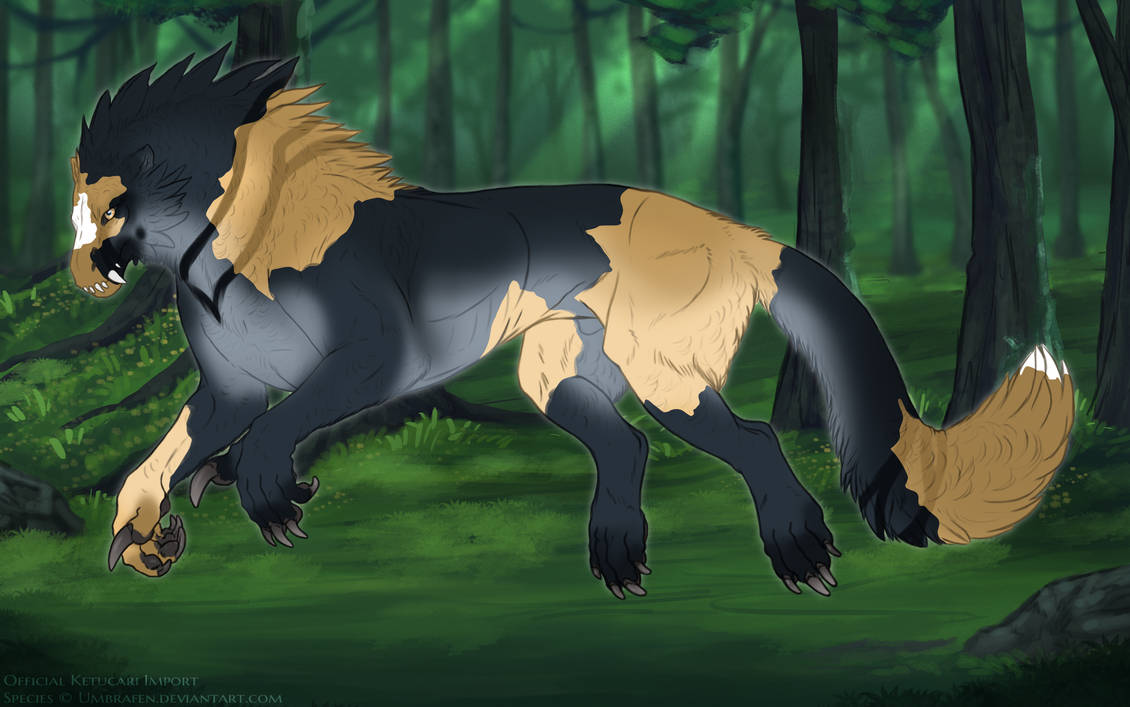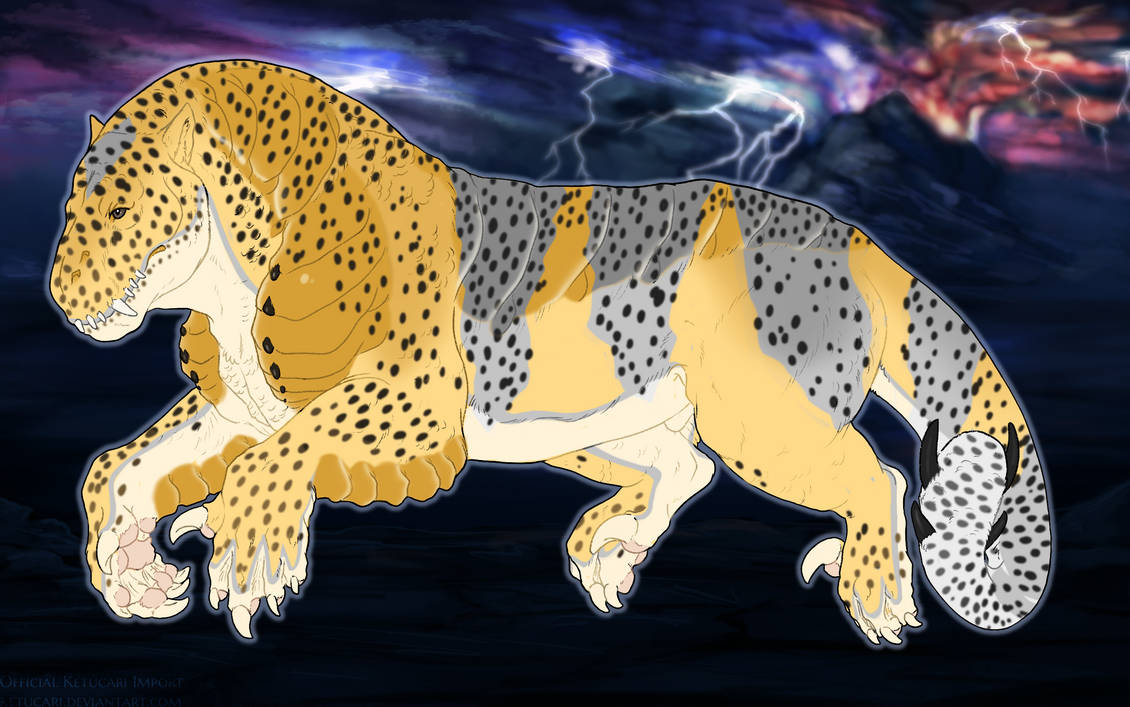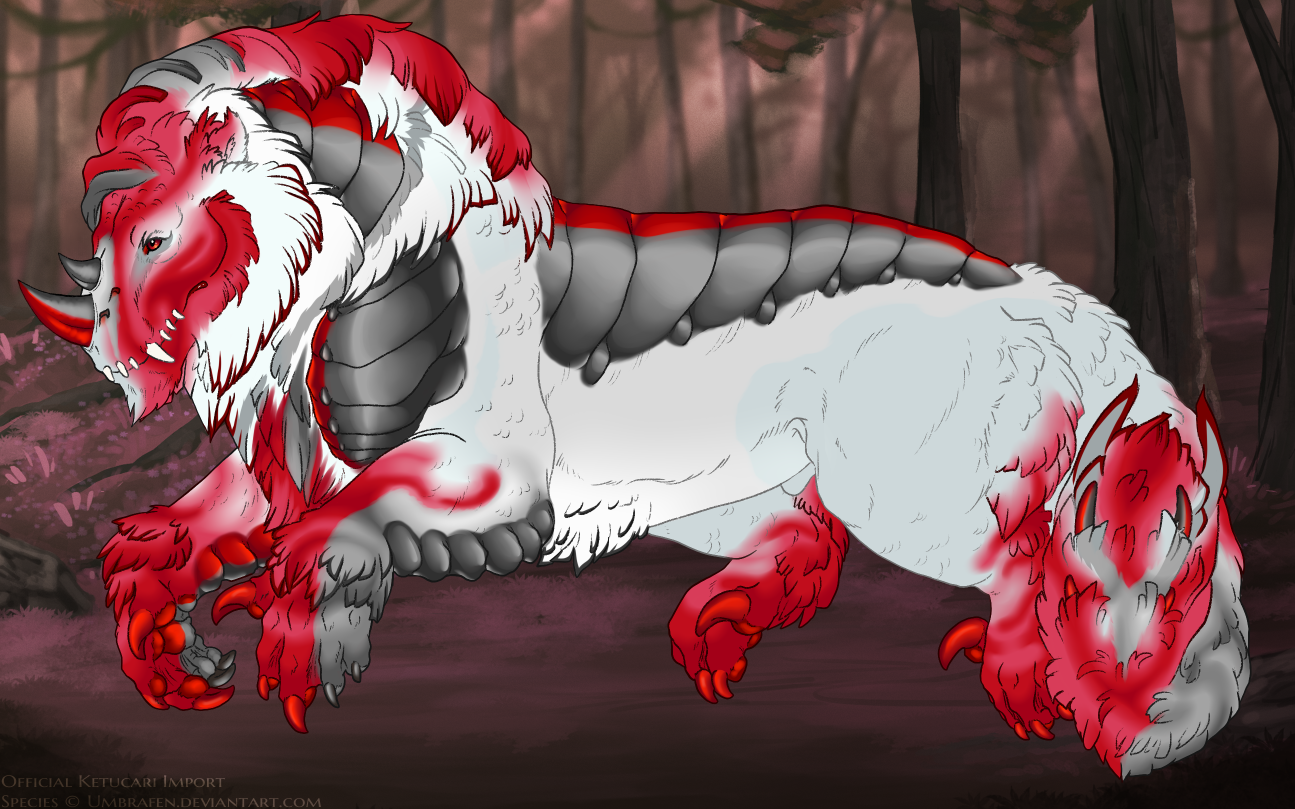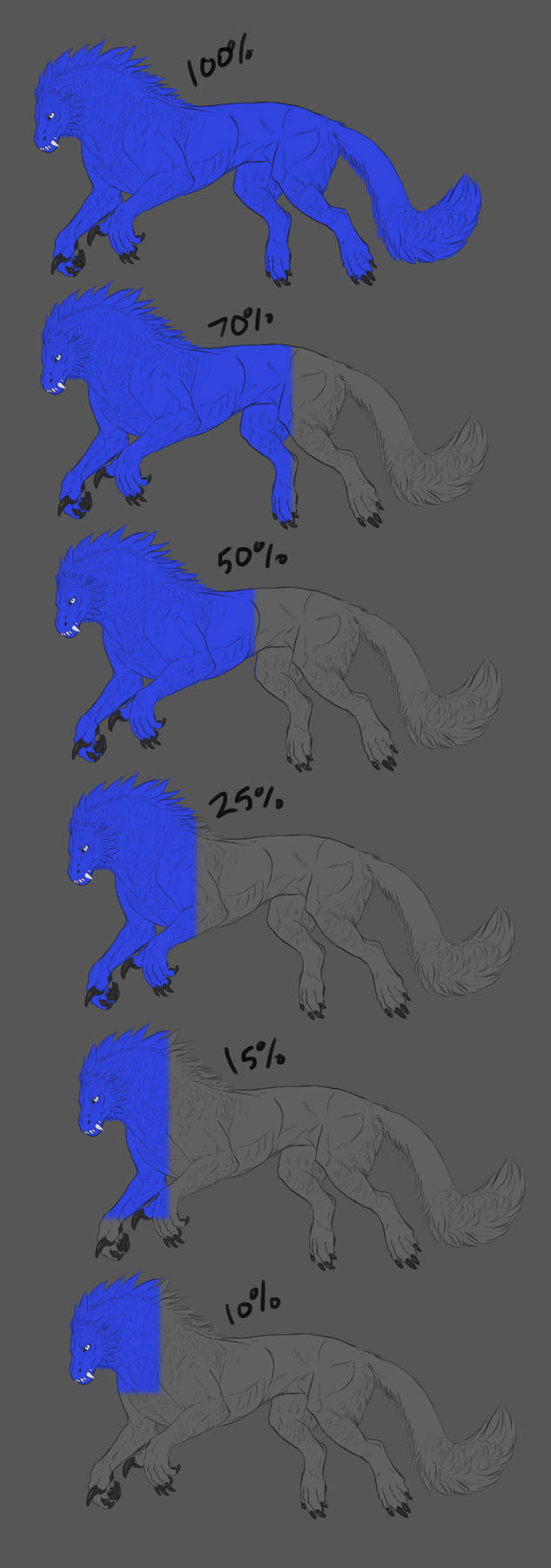Basics


Partial is a modifier on certain color mutation bases (these being the mutations
Axanthism,
Erythrism,
Inversion,
Lutino,
Leucism,
Sunwashed,
Maltese, and
Oxidized) where the mutation of the base occurs only on piebald like areas of the ketucari's body.

In your ketucari's genotype, strand is denoted by the letters "nPar" (heterozygous) or "ParPar" (homozygous)

In its heterozygous form, partial has a pass rate of 45%. Homozygous partial has a 70% pass rate.
Color and Shape

Partial colors must always follow the rules of the mutation which it is attached to.
The shape of the partial must resemble the shape of piebald or chimera mutations in real life animals.
Some safe to follow examples include:
DOGS: Any piebald pattern
>HERE< is acceptable with the exception of residual white/trim, minimal irish, ticking, and roaning.
TOBIANO HORSES: Tobiano white patterning found on horses is also acceptable.
Edges should not be heavily blended, blurred, or textured, keeping a clean distinction between the mutation and the non mutated base coat portion.
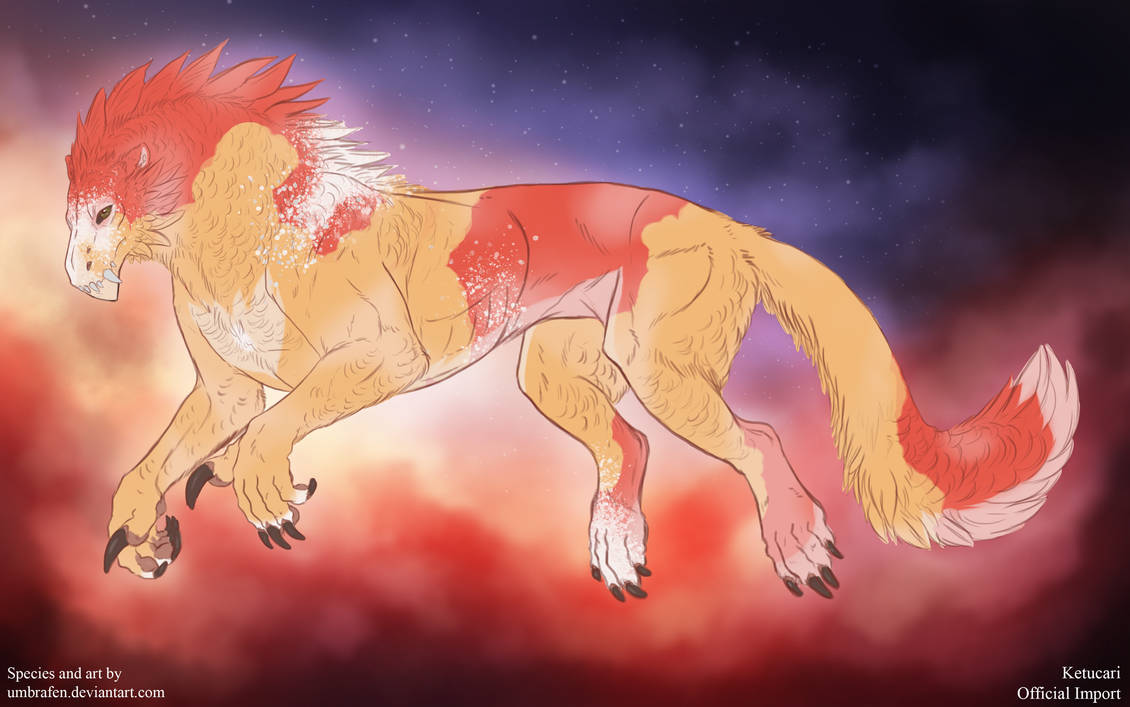
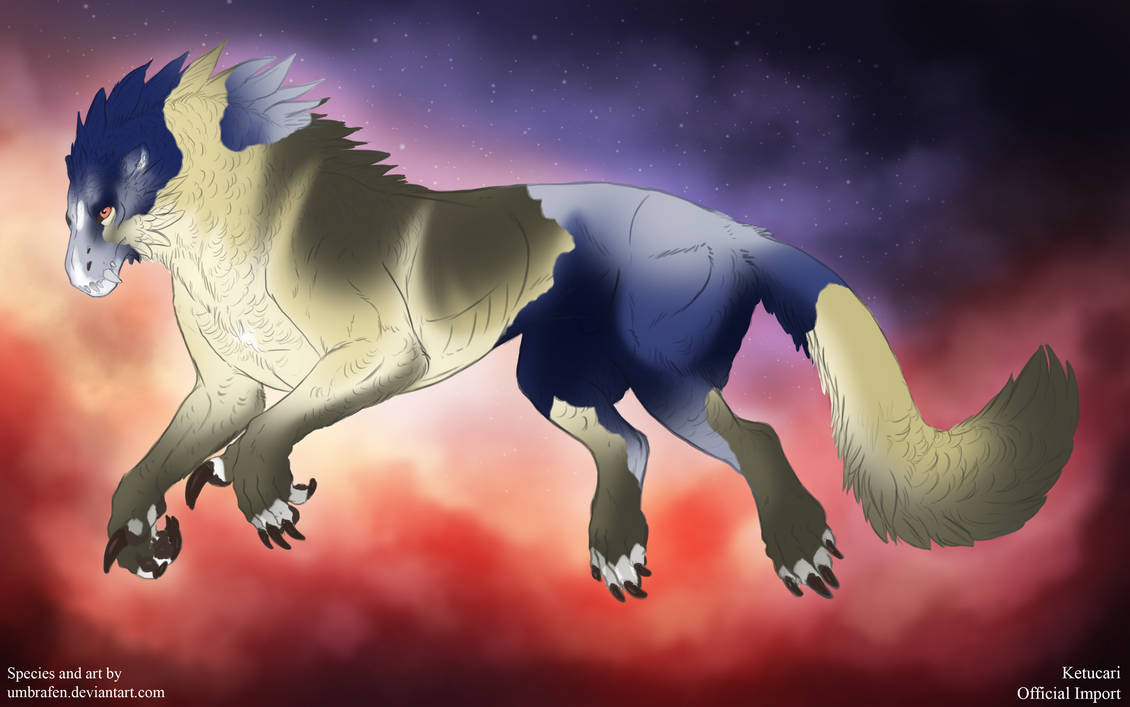
Interaction with Other Genes

Partial may not follow the outline of any genes near perfectly. This means that partial may not appear exclusively on markings, making these markings a mutation color, but showing no mutation on other portions of the body. This includes koi, dusky or hued points, and washout or sable. If in any case it appears that a whole single marking has been altered in color, without altering other portions of the ketucari, you will be asked to provide more partial, or remove partial from portions of that marking.
Partial will not affect white marks or black marks, including minimal markings and all variations of piebald.
Range

Partial must cover at least 30% of the ketucari, but may not cover more than 90% total. For help understanding how percentages are calculated, refer to the Ketucari Percentage Guide:

